Old Man Winter has made an earlier than expected appearance in the Mid-Atlantic and New England coastal zones, which means it’s time to start planning for the 2019 spring fishing season. But before the boat is stowed for a long winter’s nap, prepare your boat for winter storage to ensure a hassle-free hibernation, and a fast start once the season begins.
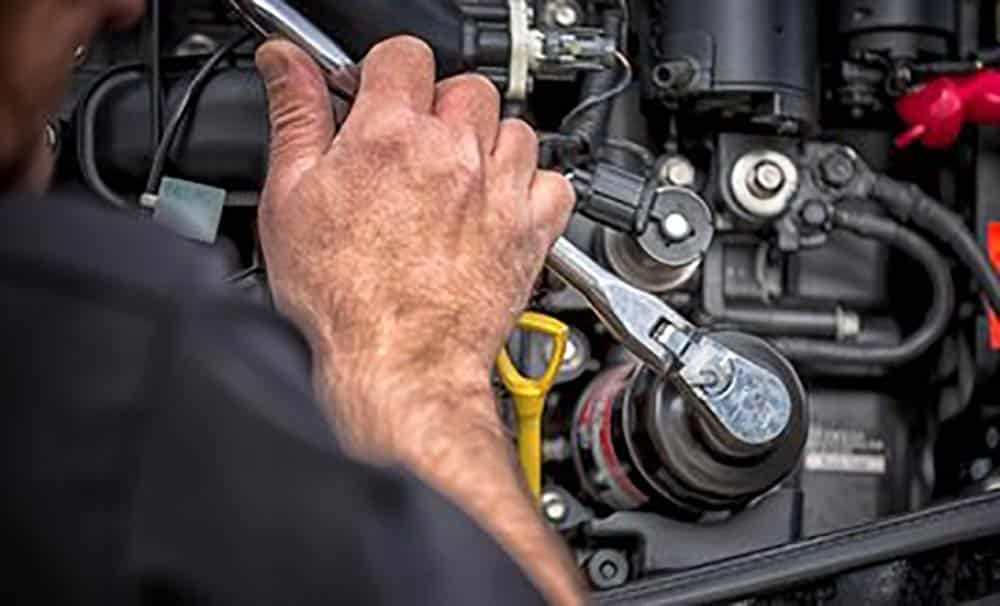
Start by replacing all the engine filters. They are probably due anyway and that will be one less chore to complete when warmer weather does return. Change the gear case oil and lubricate all grease fittings. Afterwards, tilt the engine down to drain any remaining water.
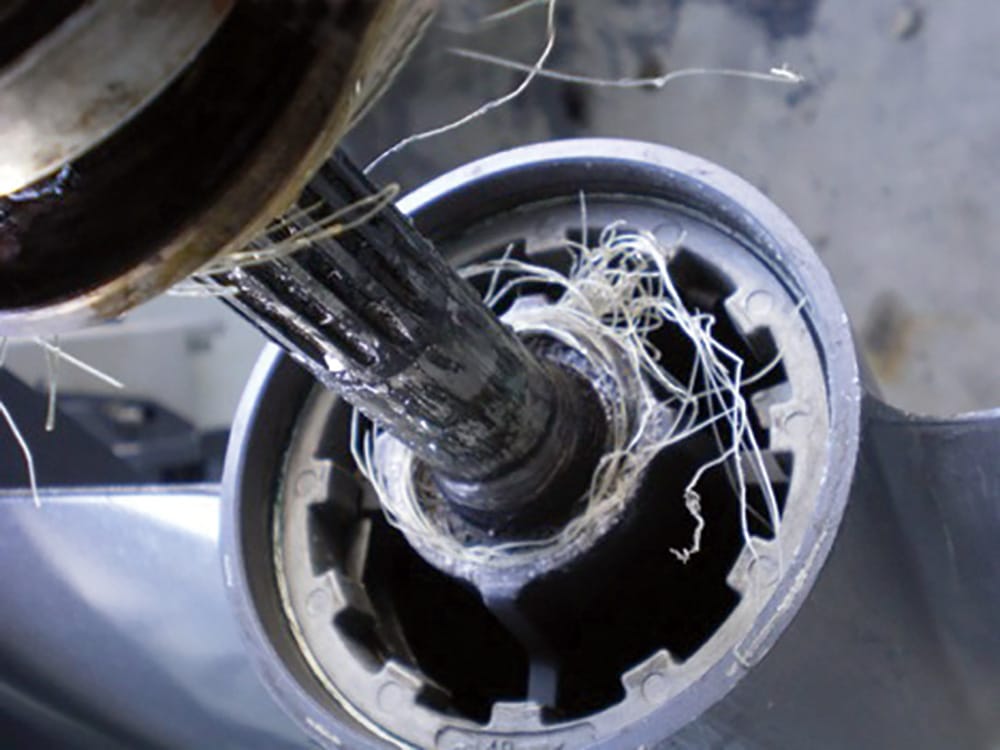
Pull the propeller and inspect the lower unit seals for fishing lines, debris. Grease the shaft with a waterproof grease and re-install the prop, torquing to the proper tightness.
Spray the engine and electrical panels with a water-displaying treatment to protect against corrosion.
Change the engine spark plugs and anodes if necessary.
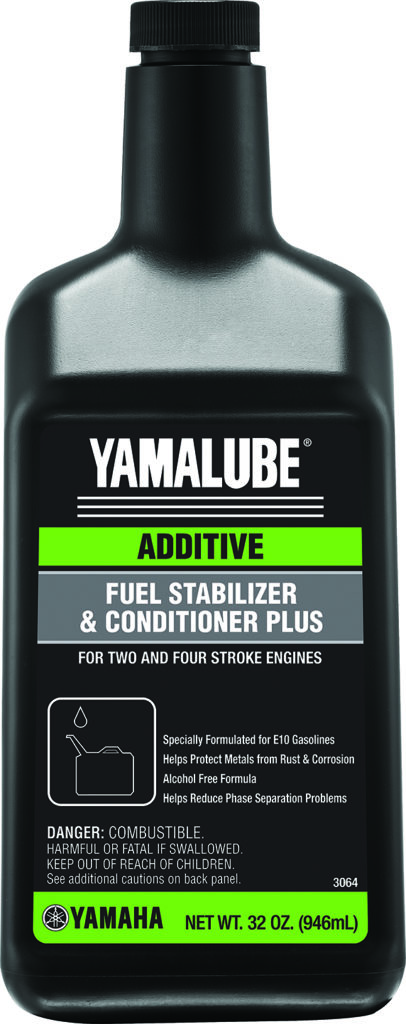
Fog or run the engine’s winterization procedure. There’s still a debate about whether to top off the tank during storage to avoid condensation with ethanol gas. Check with your service technician for a recommendation. Marine (non-ethanol) gas isn’t a problem. Adding a fuel stabilizer to either formula certainly won’t hurt, though.
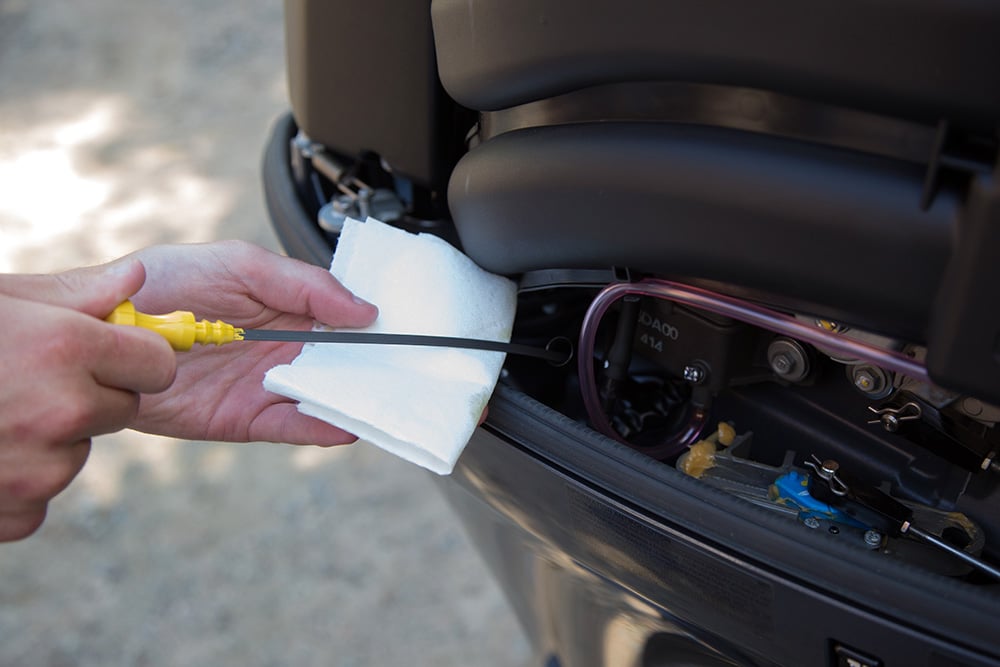
Disconnect the batteries and store them in a cool, dry spot that won’t freeze. To avoid the risk of cracking battery cases, don’t store them directly on concrete.
Drain all water systems (potable, bait wells, holding tanks) to prevent frozen lines.
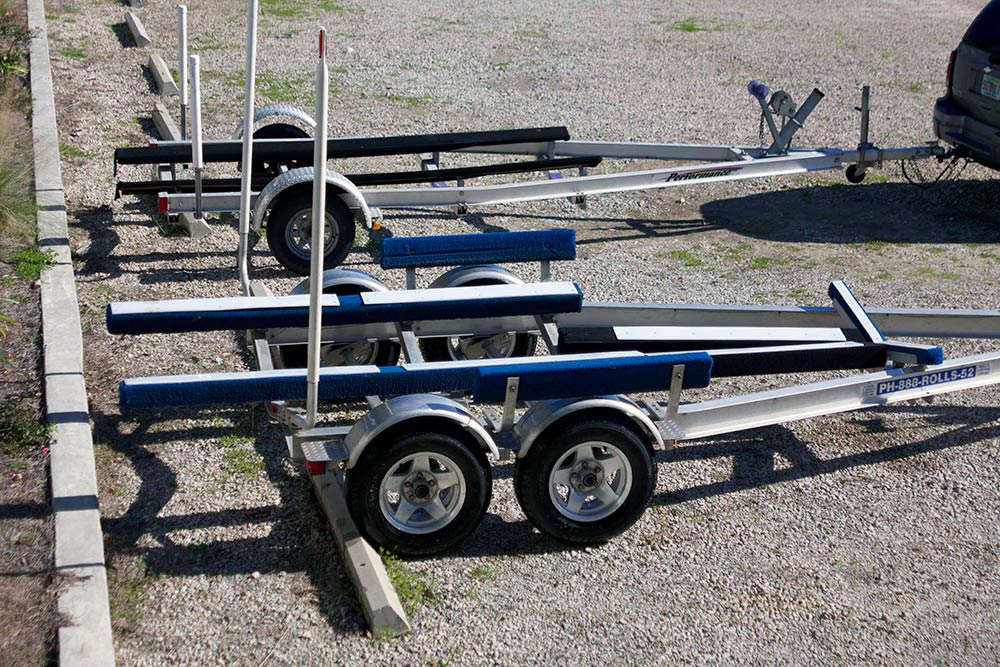
Inspect the trailer frame, hardware and tires. Replace any worn or damaged parts.
Cover or shrink wrap the boat if it will be stored outside. Use PVC pipe or wooden dowels to “tent” the cover so snow won’t accumulate and tear the material.









